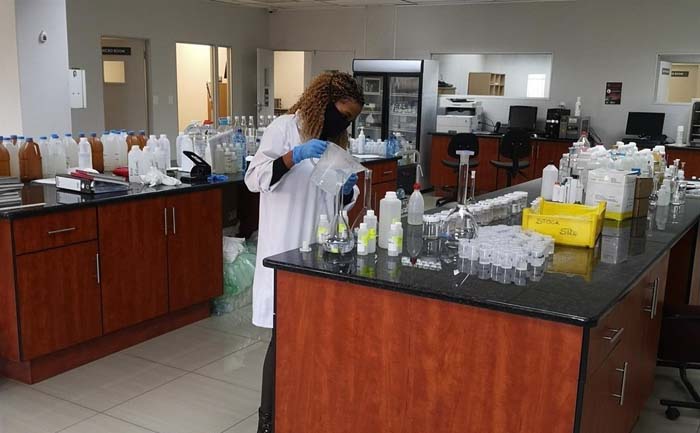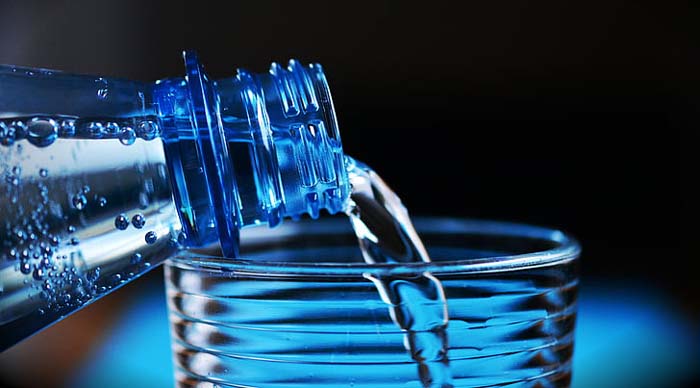
As the pH level rises, the water becomes too sour to drink, and deposits form on plumbing, appliances, and supplies. Furthermore, chlorine’s disinfecting effectiveness is reduced in water with a high pH. Conversely, extremely acidic or basic water can dissolve or corrode metals, making them more hazardous.
Groundwater systems typically have a pH of 6.5–8.5, while surface water systems often vary from 6.5-8.6. Drinking water sources typically range from 7.0 to 8.5. A water pH test can tell you how soluble and bioavailable heavy metals and nutrients are in the water and how corrosive they are. One way to find out if water is habitable for aquatic life is to measure the pH level.
 The areas where the pH level affects water quality include.
The areas where the pH level affects water quality include.
- Corrosiveness
One variable that affects how corrosive water is is its pH. As the corrosiveness increases, metal ions can seep into the water. Water is corrosive to different degrees depending on its pH, but that is only one component. Factors such as minerals, oxygen concentration, electrical conductivity, and temperature are involved. Distilled water has a neutral pH, no minerals, and is corrosive. This is because it soaks up everything it touches, including metals.
- Taste
Water with a low pH tastes metallic or sour, while water with a high pH level tastes like baking soda or is bitter. Even beverages like tea and coffee take on that harsh flavor.
- Aesthetic characteristics
Either too-high or too-low pH levels impact water’s taste, smell, color, and turbidity. This happens very rarely and usually in conjunction with other variables like corrosiveness, but it does.
What is the normal pH level of water?
Most drinking water falls somewhere between 6.5 and 8.5 on the pH scale. Acid rain or places rich in limestone can cause naturally occurring waters to have a lower pH. Electrometric measurement of the pH of a liquid sample is commonly performed using a glass electrode.
How to measure the pH level of water
To determine the pH level of drinking water, one can use one of various techniques, such as:
Chemical titration tests
When doing a chemical titration test, one step is to add a chemical agent to a sample of water. Then, another reagent is added slowly until the solution changes color. When determining the pH level of the water, it is possible to utilize the amount of reagent that is required to bring about a change in color.
Digital pH meters
A digital pH meter is an electronic gadget that measures the water’s pH level and shows the value on a monitor. Although the meters can be more costly than other tests, they are also more accurate than pH test strips.
Strips for testing pH
pH test strips are little pieces of paper or plastic that change color when submerged in water. A color guide comes with these strips to match the strip color to the pH value.
Adhere strictly to the guidelines provided for each testing method. Also, keep in mind that the accuracy of various testing procedures may vary. It is also important to use testing instruments ideal for the particular pH range of the water you’re testing. If you feel uneasy doing it yourself, you can hire a professional testing service to check the pH level of your water supply.
Best pH for drinking water?
Everyone and everything on Earth needs access to clean drinking water, which is essential to life. It is important to seek the best sources because they keep our bodies alive. The term pH, which describes quality, may be familiar to you. The same holds for water; it must be drinkable if its pH is below a certain threshold.
Water should always have a pH of at least 6.5. If it is too acidic, it may contribute to acidosis by raising blood acidity levels. Fatigue, headaches, a racing heart, and difficulty breathing are some of the terrible symptoms of acidosis. Because of this, it is highly recommended that you consume water with a pH of at most 6.5. In addition, improper filtration is generally associated with water with an excessive acidity level. This means that chemicals, pesticides, contaminants, etc., may still exist.
The pH range of 7–8.5 is typical for most drinking water types. Accordingly, their pH is either slightly acidic or neutral. A lot of the water you drink, whether from a filter, a tap, or a bottle, has this pH. Acidity levels between 7 and 8.5 are typical and do not harm human health. You shouldn’t have any problems as long as the pH level of your water is within this range. As opposed to a pH below 6.5, a range of 7 to 8.5 will keep your body adequately hydrated without causing a pH imbalance.
The healthiest water to drink?
If you want your body to work properly, you need water. The digestive process, the transfer of oxygen and nutrients, and the removal of waste products all rely on it. Also, it makes up over 60% of an adult’s body weight. The quality and health advantages of different kinds of drinking water vary.
- Alkaline water
Alkaline water has a higher pH level than ordinary water and is believed to provide numerous health benefits, including boosting immunity, improving digestion, and neutralizing acid in the body. Natural or artificial sources of minerals, including potassium, calcium, and magnesium, can help create alkaline water. However, the health benefits of alkaline water have yet to be well documented. For this reason, there is concern that drinking too much of it could have negative effects on one’s health.
- Purified water
“Purified water” refers to water treated further to eliminate contaminants such as minerals, viruses, bacteria, and chemicals. It is ideal for both lab and medical uses. It is also usually produced via deionization, reverse osmosis, or distillation. While most people can safely drink purified water, it may lack some good minerals.
- Bottled water
This is marketed water that comes in glass or plastic bottles. The water that goes into making bottled water goes through a series of filters and treatments. This makes it better than tap water from municipal supplies, underground, or springs. Nevertheless, bottled water’s purity is only sometimes assured, and it can be costly and harmful to the environment.
- Tap water
In most public places and homes, tap water is the water source of choice. Once drawn from either surface water or groundwater, chemical treatment improves its purity and quantity. Location, method of treatment, and storage all have a role in the quality of the water available to the public. But most people don’t worry about drinking tap water. This is because it contains minerals like fluoride, which are suitable for your teeth.
Which type of water is the healthiest?
Although alkaline water and mineral water are among the healthiest options, this is because they supply your body with vital nutrients. The most important thing is to consume water that is free of contaminants.
Advantages of Drinking Water
Water is paramount when it comes to the nutrients our bodies require to stay alive. Water is essential for nearly every process in the human body and makes up about 60% of our total mass. Thus, drinking water is essential to one’s health and wellness.
 Boosting the function of the brain
Boosting the function of the brain
Enhancements to cognitive function, such as enhanced memory, concentration, and focus, have been associated with regular water consumption.
- Helping with weight loss
Drinking water can aid in weight loss by reducing calorie intake through appetite suppression and boosting sensations of fullness.
- It helps the body retain water
To maintain proper hydration, it is best to drink a sufficient amount of water. This aids in delivering oxygen and nutrients to cells, lubricating joints, and maintaining a steady body temperature.
Conclusion
Too-acidic water makes disinfectants like chlorine bad, builds up scale in pipes, and tastes bad. Increased toxicity brought on by metal corrosion or dissolution at high pH values results in a decline in water quality.
A professional team member at Express Drainage Solutions would happily answer any questions regarding pH and the pH kits we provide. If you have any questions, we are happy to answer them.
